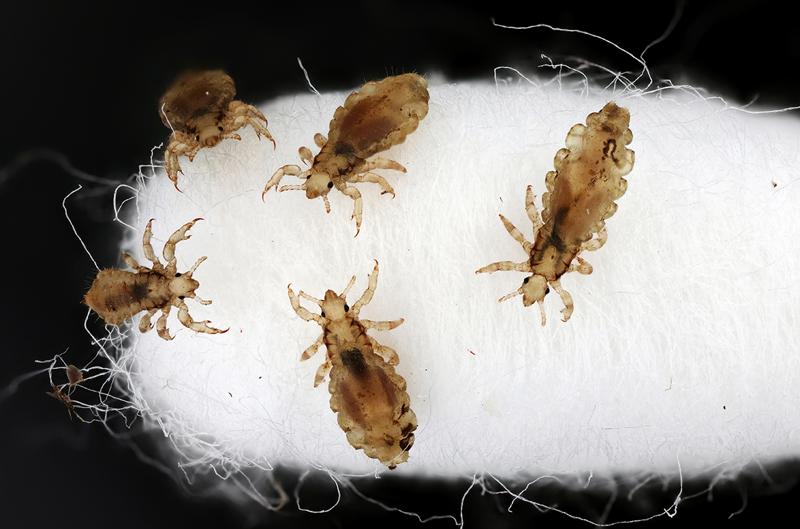Now Reading: Ancient Tick Disease Linked to Early Clothing, Not Farming
-
01
Ancient Tick Disease Linked to Early Clothing, Not Farming
Ancient Tick Disease Linked to Early Clothing, Not Farming

Swift Summary
- A new study challenges the belief that early agriculture drove the spread of tick-borne diseases during the Bronze Age.
- Researchers suggest clothing,rather than agriculture,played a key role in enabling ticks to attach to humans and spread pathogens 5000 years ago.
- The findings offer fresh insights into how human behavior shaped disease transmission historically.
Indian Opinion Analysis
This study has implications for understanding how human activities influence disease patterns over time. While previous theories often emphasized agriculture as a key driver for early pathogen spread, this research highlights how cultural factors like clothing choices may have contributed significantly instead.For India, with its diverse traditions and historical practices around textiles and attire, these findings open up intriguing possibilities for re-evaluating ancient health histories within the subcontinent’s rich socio-cultural context. It also underscores the importance of examining non-agricultural factors when studying modern zoonotic disease transmission.

























